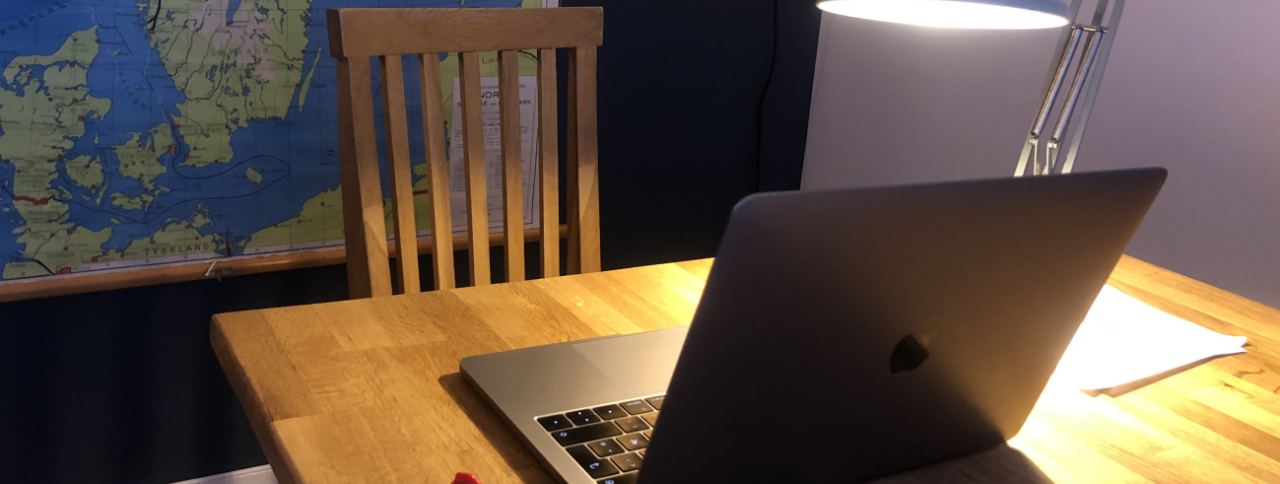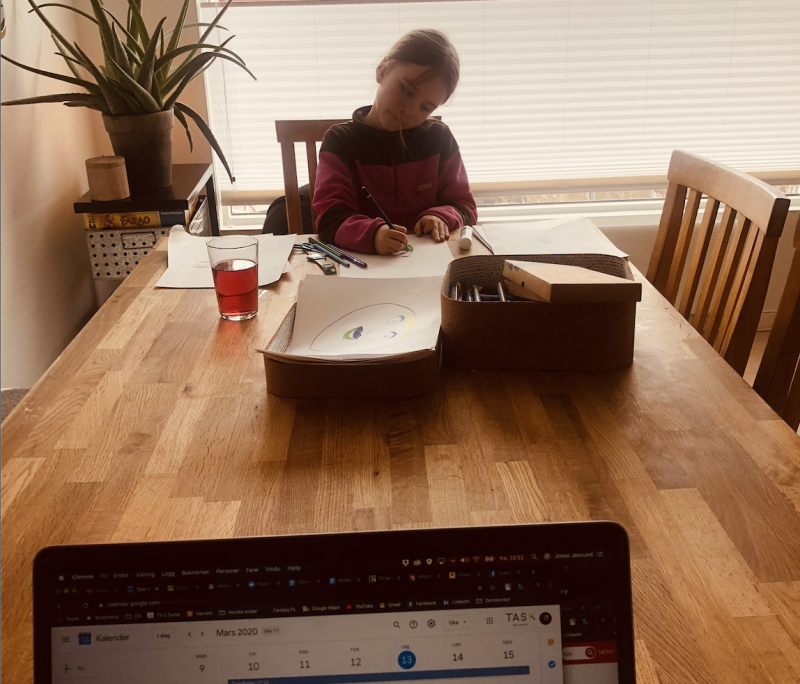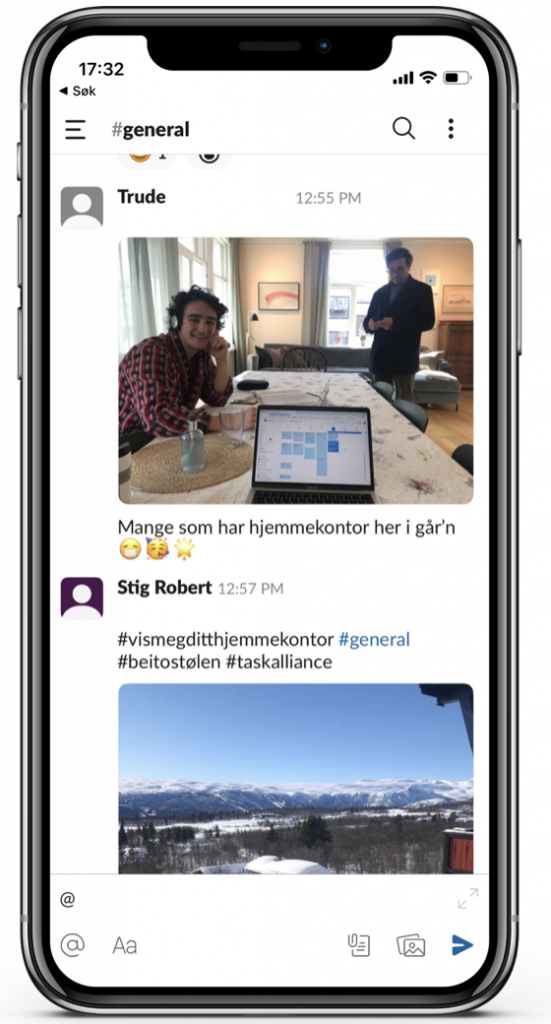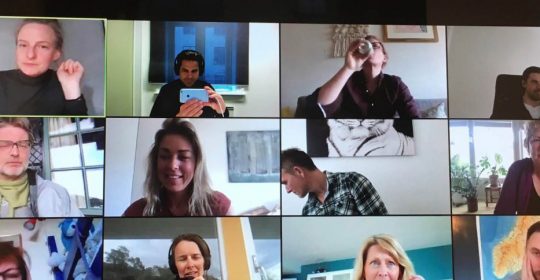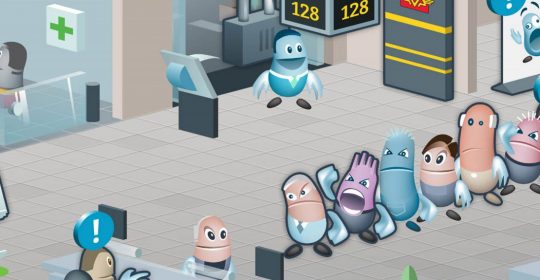Six tips from the home office
Published: 13th March 2020By: Jonas Jøssund
The days are suddenly very different, now that schoolchildren and parents all have to get everything done from home for the foreseeable future. My day started with two pandemic-related emergency meetings, with breakfast with the kids (aged 7 and 9) in between. Only 20 minutes into meeting number two, the children got cabin fever, and for lack of a better alternative were "thrown out" to play outside.
How am I going to be able to produce anything under these circumstances every day? How will I be able to maintain my relationships with my colleagues and customers, now that I will be working from the dining table in Trondheim for who knows how long? Here are my six tips (for myself).
Tip 1: Build structure into everyday life
For us, the solution was to make a solid daily plan. We synchronise this daily plan with the weekly plan that comes from the kids’ school. Make a plan outlining when it will be breakfast and lunch, time for when you will work on different tasks, and when the children will do homework or other work. In addition, we have defined a specific zone designated as my home office: one end of the dining table. When I sit there, I’m at work.
Tip 2: Set aside deliberate time together
Normally breakfast is something that I approach with the following success metric: How fast can the children eat it? The situation has now changed. Breakfast and lunch are opportunities to share time and space together, where everyone can contribute in one way or another. With that in mind, we set aside enough time for these to be nice meeting points for us as a family.
We also set aside a little time together for other things during the day: joint reading or drawing time, a couple of short screen breaks and a trip out into the fresh air. This predictability makes the period easier to cope with, both for adults and children. Today it was time for sledding.
Tip 3: Be social with your colleagues during working hours
We humans are social beings, and the forced isolation of the home office can be challenging for many of us. How can we do our water cooler talks or coffee break chats now that we’re scattered across the country? How else can we capture the nuances between us, and how can we report our needs?
Tip 4: Double down on collaboration
You probably already have many platforms for professional digital collaboration.
We use a tool called Monday to get an overview of our projects. Now we place even greater emphasis on everything that has to do with quality and implementation of projects being entered and tagged in Monday.
Our Monday meetings (that happen on Mondays, of course) consist of people informing and updating the team on what they tagged in Monday. The actual meeting is now conducted as an online meeting where we quickly talk through the week’s projects. We also still collaborate using Google Docs, and share our experiences in Slack. And the trusty old telephone is of course a good option when we need to do clarifications and check-ins.
Tip 5: Stay close to your customers
For those of us who enjoy good customer relations and many great projects, it is absolutely crucial to maintain closeness to the customer. Of course, it’s nice to be able to talk on the phone, but it’s even better when we can see each other. In this time of isolation and the need for physical distance, it is good that we can still use Skype or similar digital solutions to get closer to each other.
Tip 6: Focus on good learning processes
We at Task are enthusiastic about learning, and are known for conducting good meetings and strong processes. This is more important than ever before. We therefore design good learning processes that can be carried out 100% digitally.
When we conduct meetings and workshops, we occasionally use collaborative tools and workshop technology such as Klaxoon or Menti. We also do this in purely digital meetings, as these tools help keep participants engaged. So even in this time of distributed teams, we’re able to facilitate group processes – 100% digitally.
How are you working these days?

